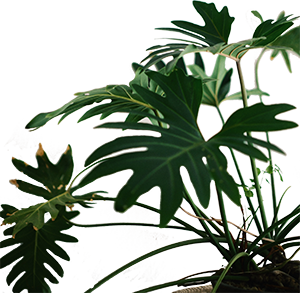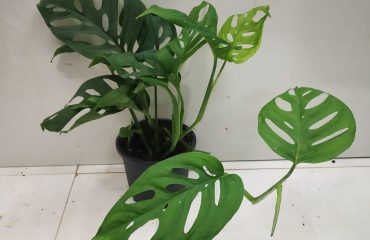How to Care for Ferns

Ferns are one of the oldest types of plants in existence, dating back over 350 million years. They are one of the most popular types of plants used for shaded areas, as they thrive in low light conditions, bringing much-needed greenery and life to dark and dull corners of both gardens and homes.
Ferns are plants that do not have flowers. Ferns generally reproduce by producing spores. Similar to flowering plants, ferns have roots, stems and leaves. However, unlike flowering plants, ferns do not have flowers or seeds
Ferns are relatively easy to grow; however, drafts, dry air and temperature extremes won’t help. Ferns that are pampered and protected from things like dry air and temperature extremes will reward you with lush green fronds all year round, beautifying your indoor garden more than you could imagine. Let’s learn more about growing ferns indoors.
Growing Ferns Indoors
Ferns make lovely houseplants, but the humidity in homes is often too low for some ferns to thrive. This is especially true in the winter when the heat is on. Misting the plants will help improve humidity levels, as will placing their containers on a tray filled with pebbles and just enough water to reach the bottom of the fern’s pot.
:max_bytes(150000):strip_icc():format(webp)/kararileyferns-2-63ceacfea3ac4e7fafef1a56a1058322.jpg)
Some ferns that can better handle low humidity include:
- Bird’s Nest Fern (Asplenium)
- Boston Fern (Nephrolepis)
- Button Fern (Pellaea)
- Rabbit’s Foot Fern (Davallia)
- Holly Fern (Cyrtomium)
- Staghorn Fern
- Sword Fern (Polystichum munitum)
Tips for Growing Ferns Indoors
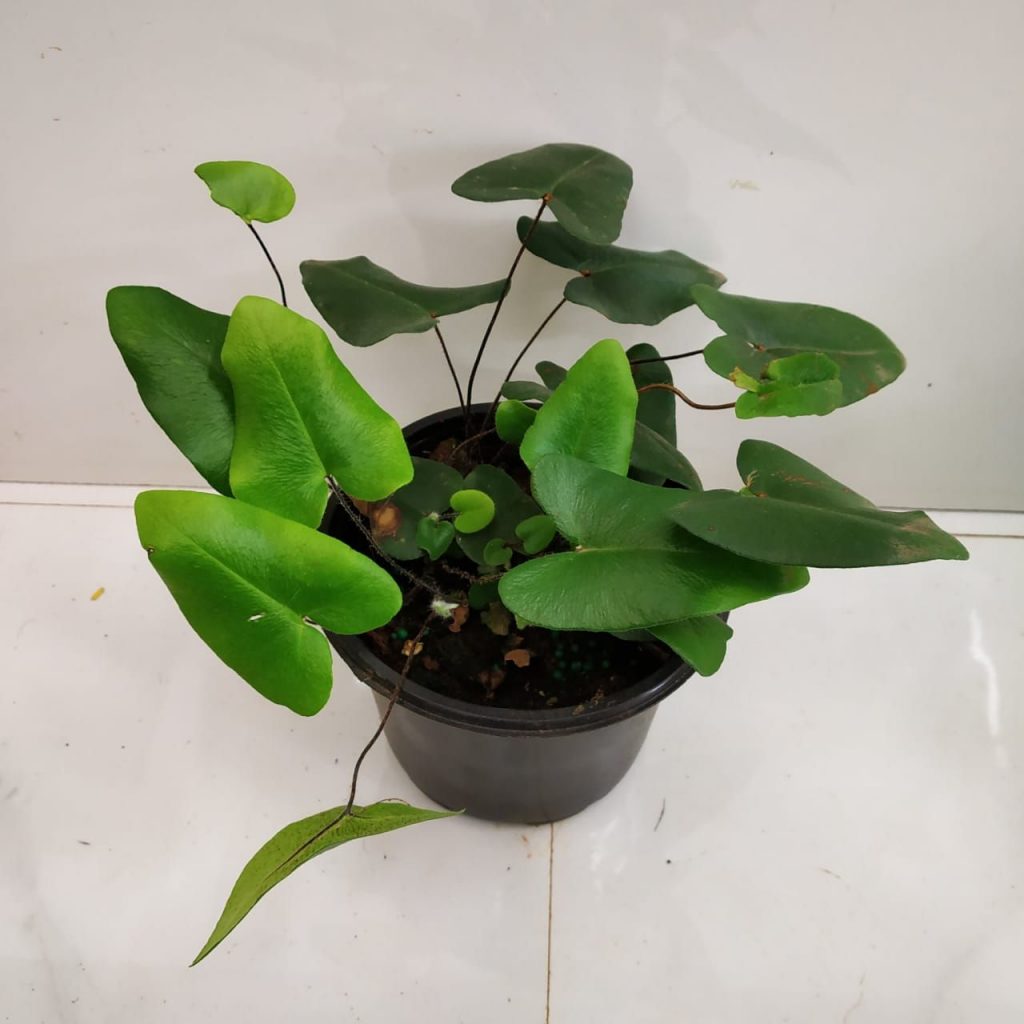
Humidity
All ferns love moisture and should be given humid conditions. In living rooms and family rooms, stand their pots on trays of damp pebbles or clay granules. Ferns also love being misted at regular intervals with tepid, soft water unless the humidity of the whole room is kept high through the use of a humidifier.
Compost/Soil
You also need to provide the right compost. Most ferns are forest or woodland plants and have tender, delicate roots adapted to the light forest soil, which is rich in leaf mould and decayed vegetable matter. The right compost must be free draining so that the roots never get waterlogged. A compost that contains peat or a fibrous peat substitute with plenty of sand is best. The compost should never be allowed to dry out, which may mean watering the plant a little every single day in a warm, dry atmosphere.
Light
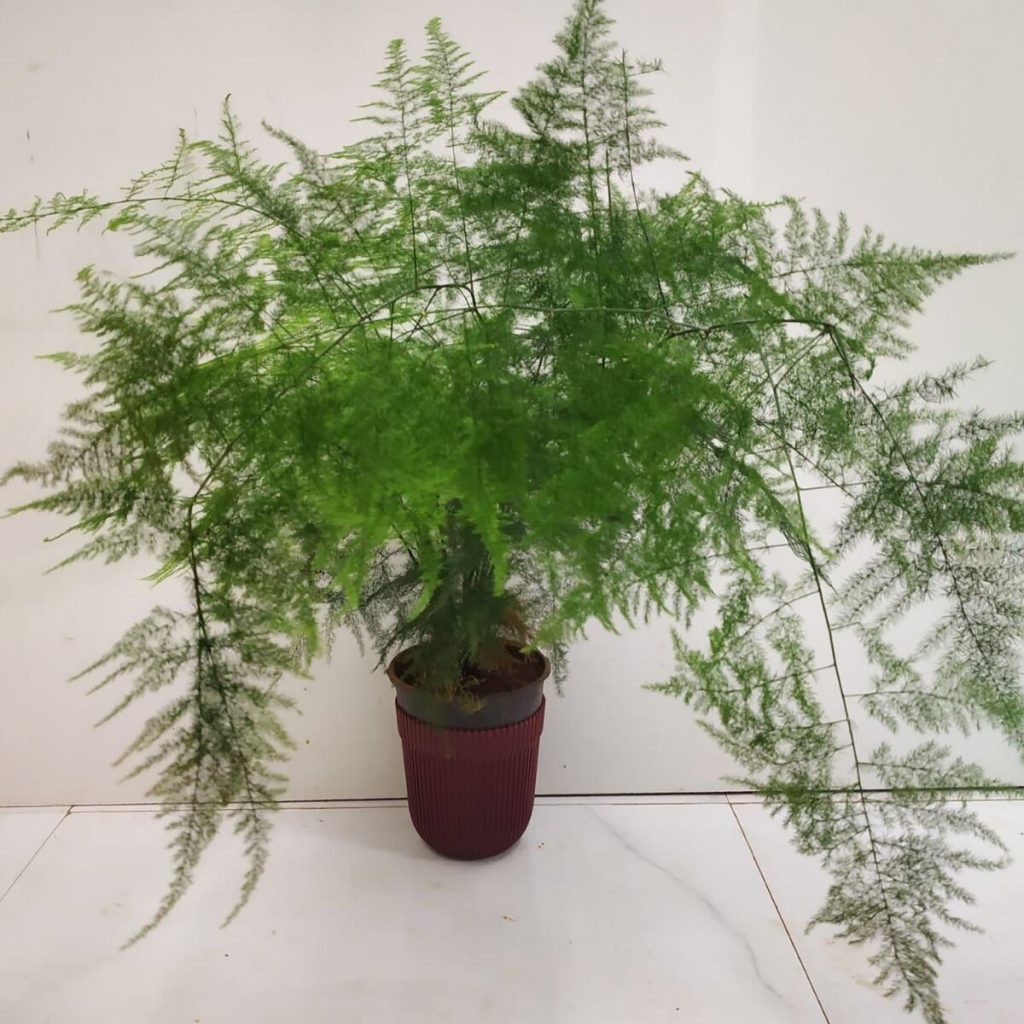
Although most ferns grow in moist shady places like forest floors, this does not mean that they need no light. Their normal situation in the wild is dappled light, and if the light level in the home is too low, you will see poor growth and yellowing fronds. Give your ferns a position near a window that gets morning or late afternoon sun, and keep the ferns away from strong sunlight, especially during the summer. Direct sunlight will make them lose their leaves or turn their fronds yellow.
You can keep your ferns in dim light as long as you give them regular breaks in bright light. They can be given artificial light, but this should be from a special gardening bulb or a fluorescent strip. Ordinary light bulbs generate too much heat.
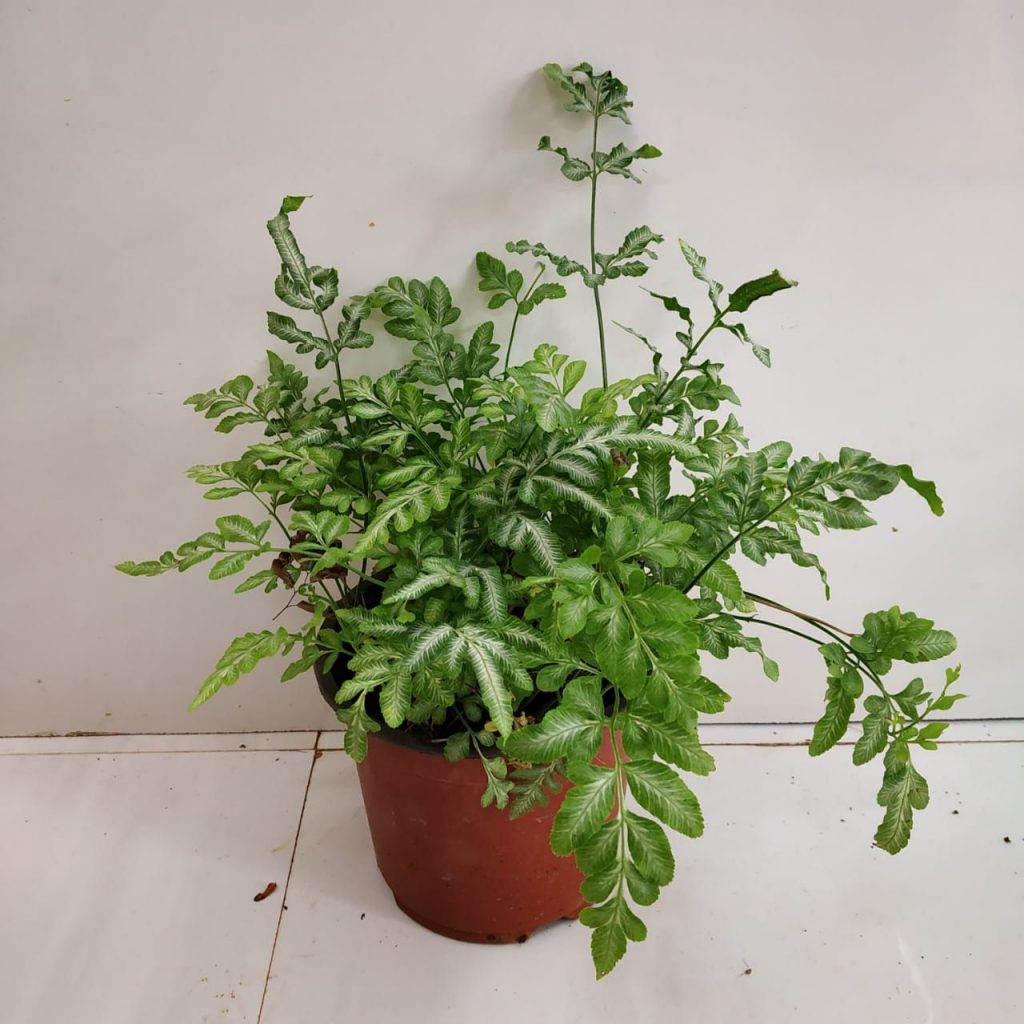
Temperature
An individual fern’s place of origin and adaptability will determine how high or low temperature the fern needs. Most ferns don’t like cold. Those ferns from tropical regions truly appreciate (15-21 C.).
Fertilizer
Feed your ferns in the summertime every two to four weeks with a liquid fertilizer, but don’t mix it full strength because you can damage the root system. Just a few drops of fertilizer can be added to the water occasionally for misting. Don’t feed your ferns in the winter because they rest. In order to keep the air around your ferns moist, mist them often.
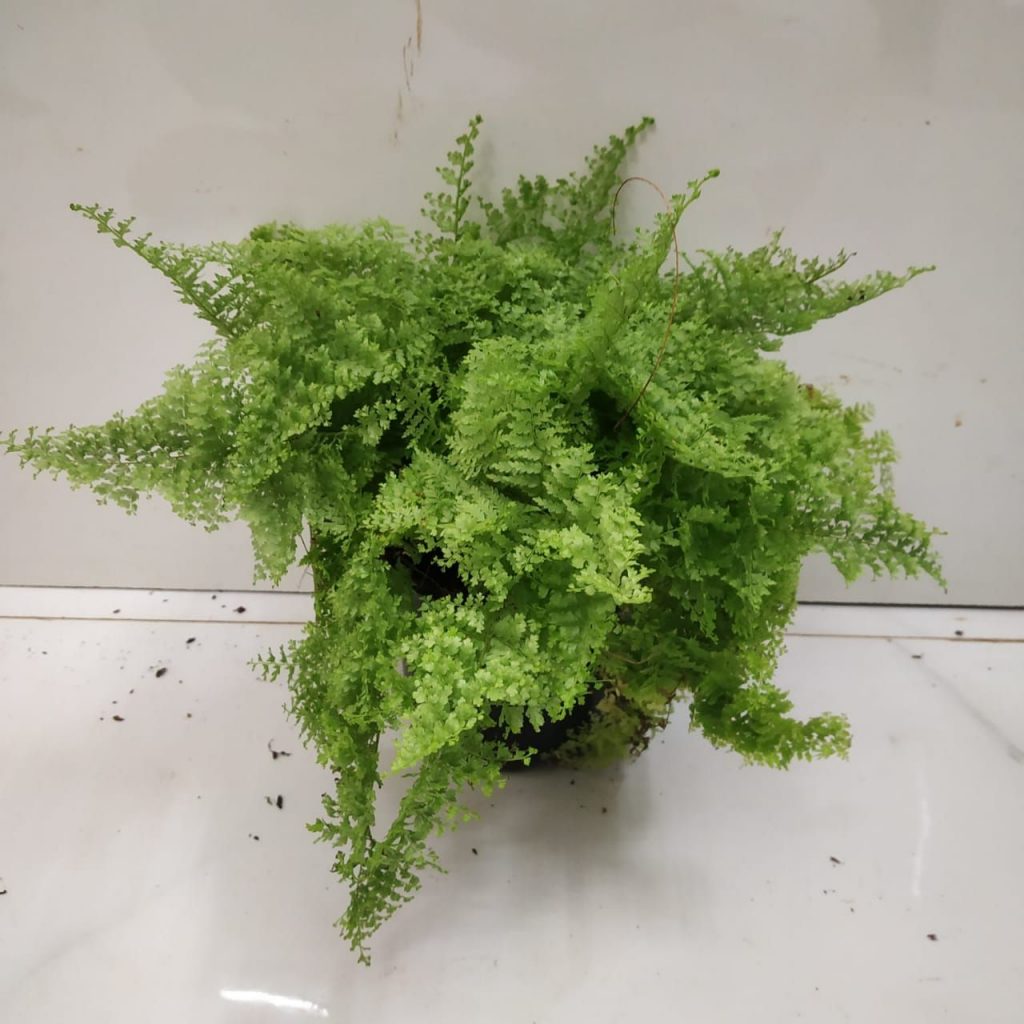
Repotting
You can repot your ferns in the springtime, but only if their roots are filling the pot. Otherwise, just scrape off the top layer of compost and replace it with fresh compost. Cut off any damaged fronds to encourage new growth. When you repot your ferns, split them up and make two out of one. You can also grow new ferns from the powdery spores produced in little capsules. These capsules are visible as rows of rusty brown patches on the underside of the fronds. These will grow into a green film into which the fern will grow.
Common Problems
Most ferns have no serious problem, other than slugs that may feed on the fronds. Fight them with commercial slug bait or diatomaceous earth spread over the ground around the plants.
Ferns that get too much sun, or are growing in subpar soil, will be weak and won’t spread as vigorously.


